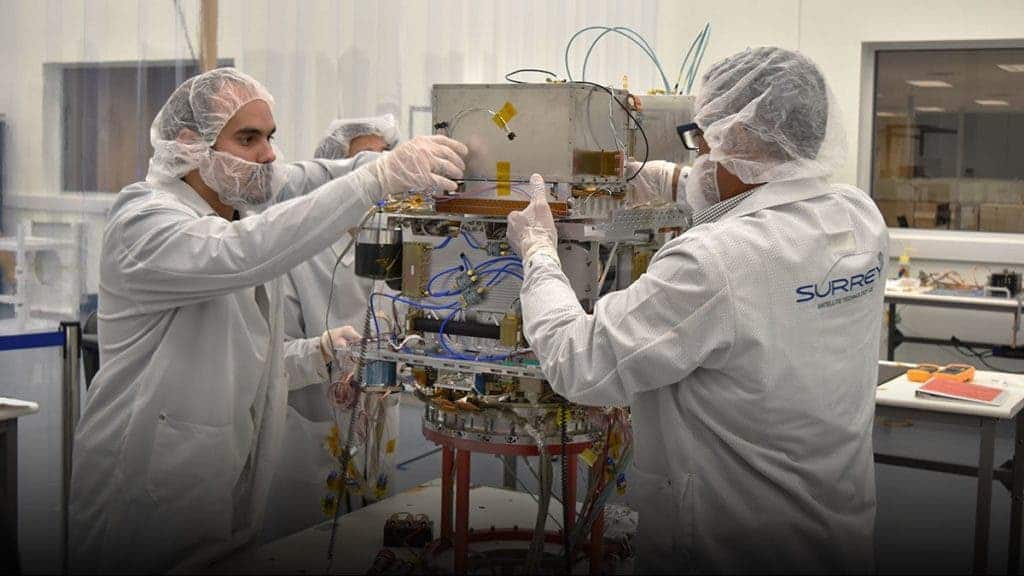A few months ago, NASA launched a state of the art prototype atomic clock into Earth’s orbit onboard a Falcon 9 rocket. Now, engineers have finally turned on the clock which could revolutionize the way we explore deep space.

Like ground-based atomic clocks, the new Deep Space Atomic Clocks, as it is called, measures the passage of time with extraordinary accuracy.
“The goal of the space experiment is to put the Deep Space Atomic Clock in the context of an operating spacecraft – complete with the things that affect the stability and accuracy of a clock – and see if it performs at the level we think it will, with orders of magnitude more stability than existing space clocks,” says navigator Todd Ely, principal investigator of the project at JPL.
An analog clock measures a second as the complete oscillation of a pendulum, for instance. An atomic clock is not all that different in principle, vibrating between two energy levels to produce a ‘tick’. However, they’re so precise that some would take longer than the age of the universe to make a one-second error.
Atomic clocks are already essential to everyday activities and applications. For instance, one important area is telecommunications. When we place a call or send an e-mail across a network, the information travels in packets that have to be put together from different operators once it arrives at the destination. If the networks are not synchronized and functioning at the same speed, then the information would simply be lost.
Then there’s GPS — the accuracy of satellite navigation systems is directly dependent on the proper syncing of clocks. Bear in mind that a seemingly minute difference of just one microsecond can lead to an unacceptable positioning error of 300 meters.
And not the least, atomic clocks are proving to be essential in spaceflight, especially for missions far away from Earth.
Current spacecraft determine their position by relying on ground-based atomic clocks. The spacecraft has to beam a signal back to Earth, where the clock calculates how long it took for the signal to reach the planet. The result is then sent back to the spacecraft.
This is an extremely time-consuming method which becomes totally unreliable and dangerous the farther away a spacecraft is from Earth.
The solution is to install atomic clocks onboard spacecraft — and this is where the Deep Space Clock comes in. It’s about the same size as a toaster, a huge miniaturization achievement considering most other similar devices are as big as a refrigerator. This particular design is based on the oscillations of mercury ions at low temperatures. It should lose only one second in 10 million years, NASA says.
Using an onboard atomic clock, a spacecraft would only need to send one-way signals. The location calculation is essentially performed instantly when signals from Earth reach the spacecraft.
Now that the clock is online, NASA wants to track its performance to make sure its accuracy is up for the task of guiding future spacecraft destined for Mars, Jupiter’s icy moon Europa, and beyond.









